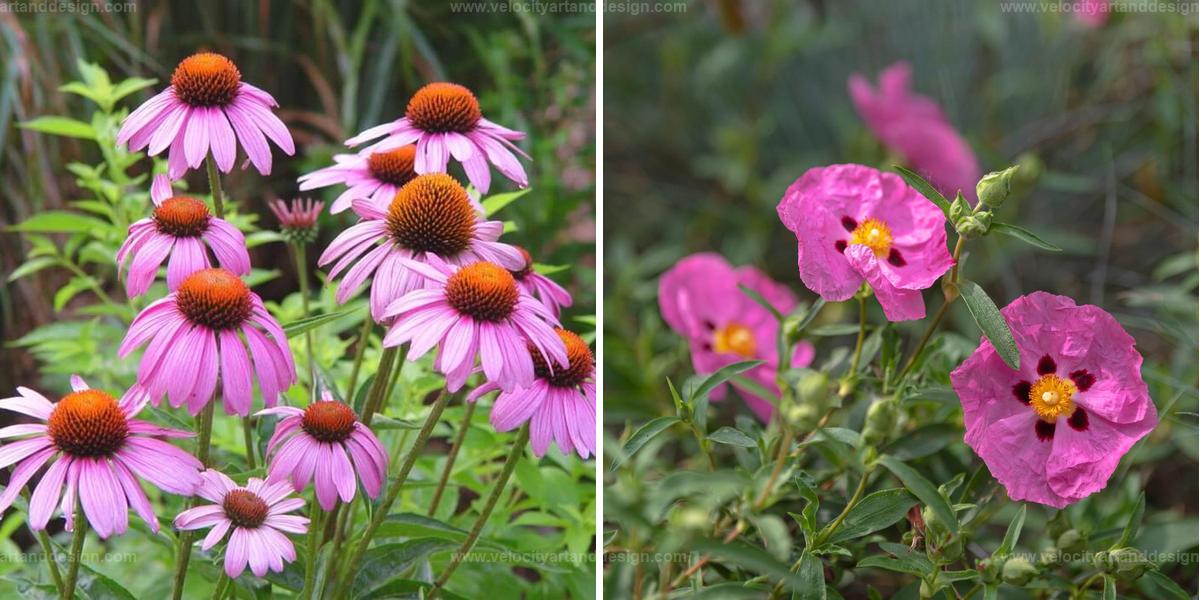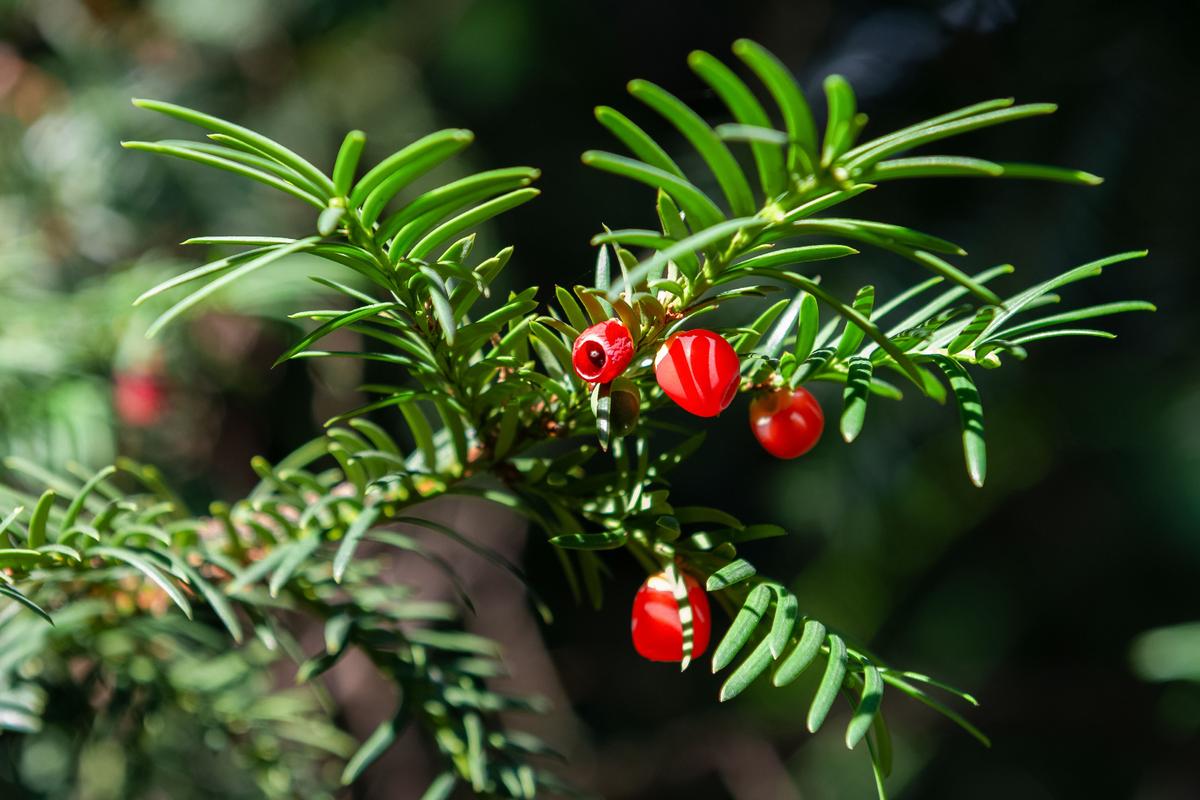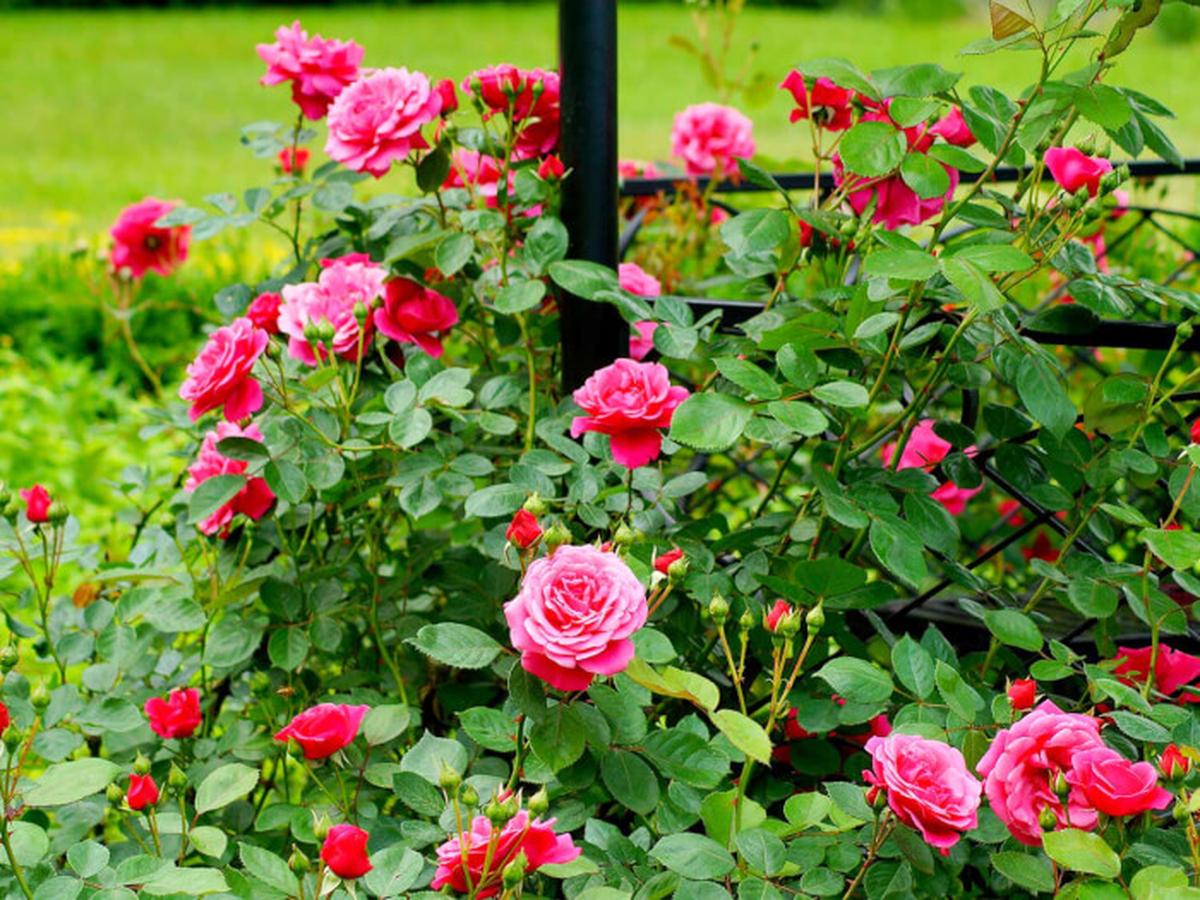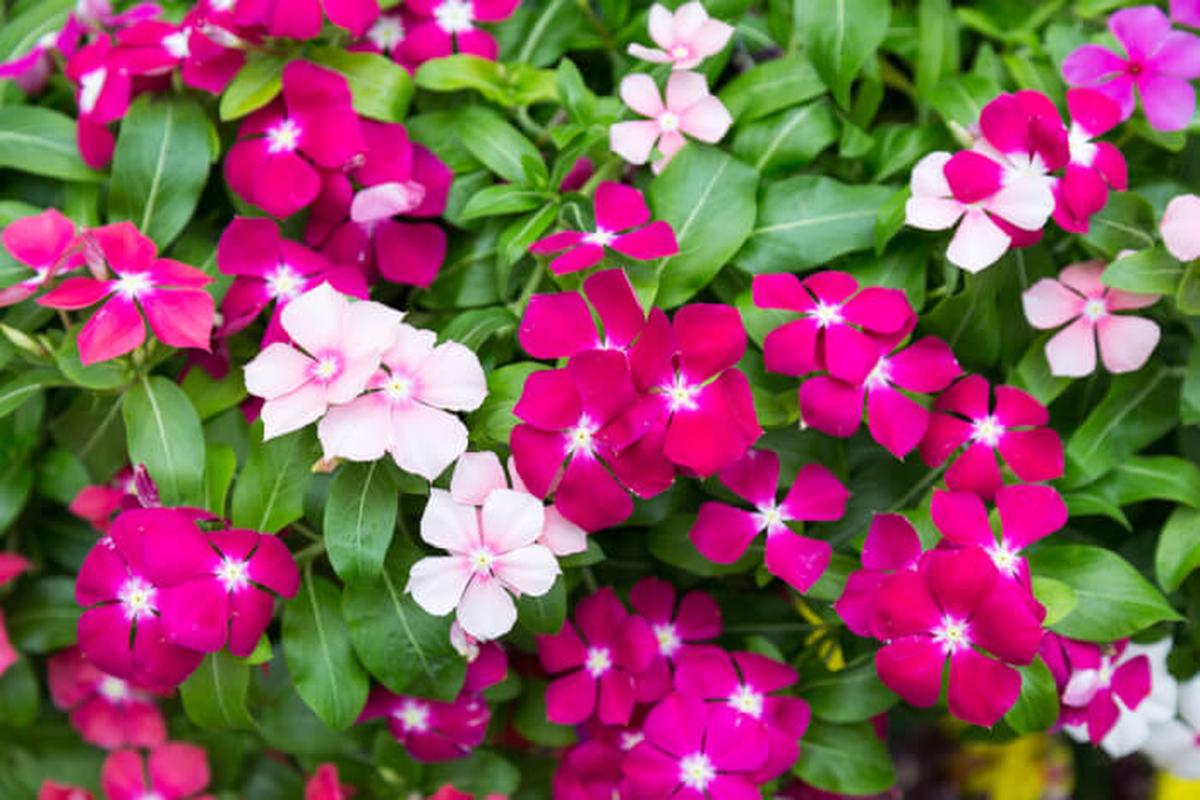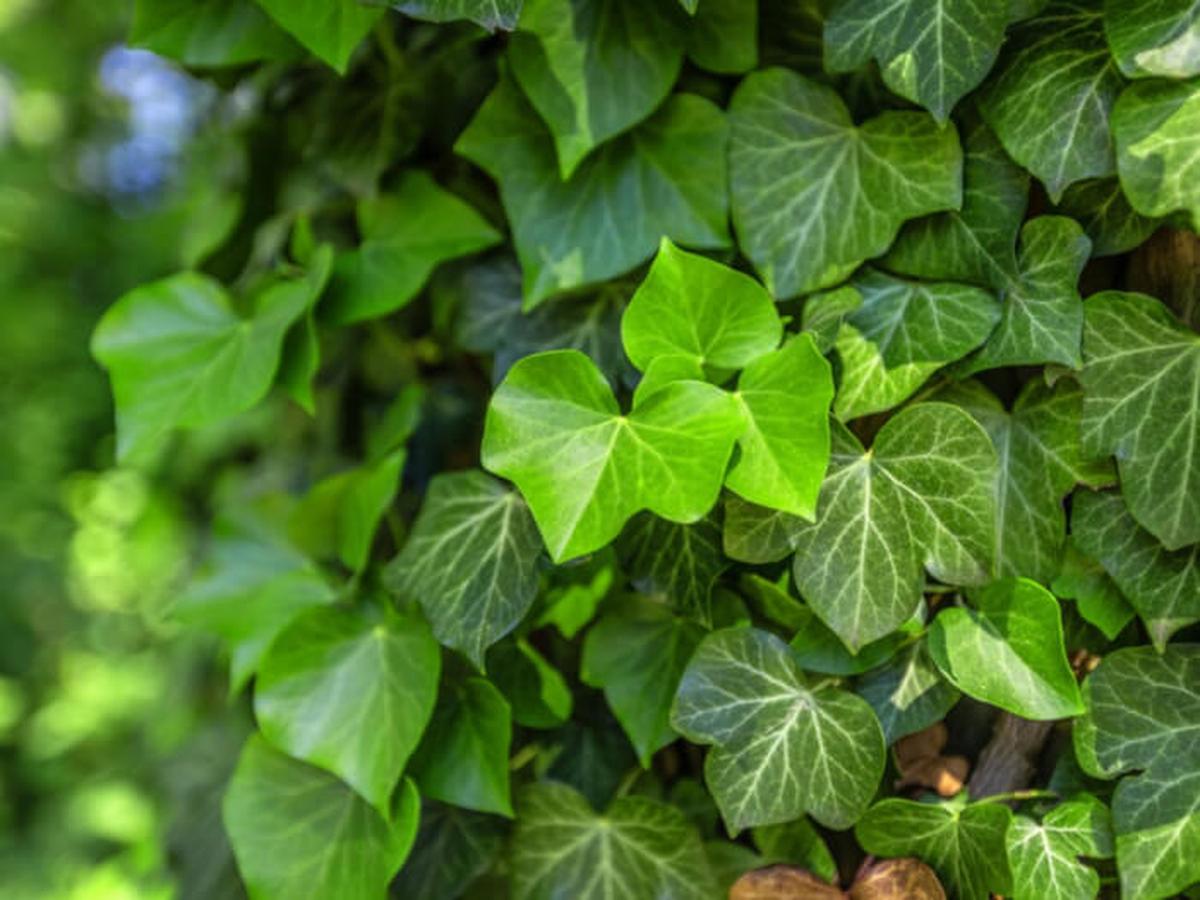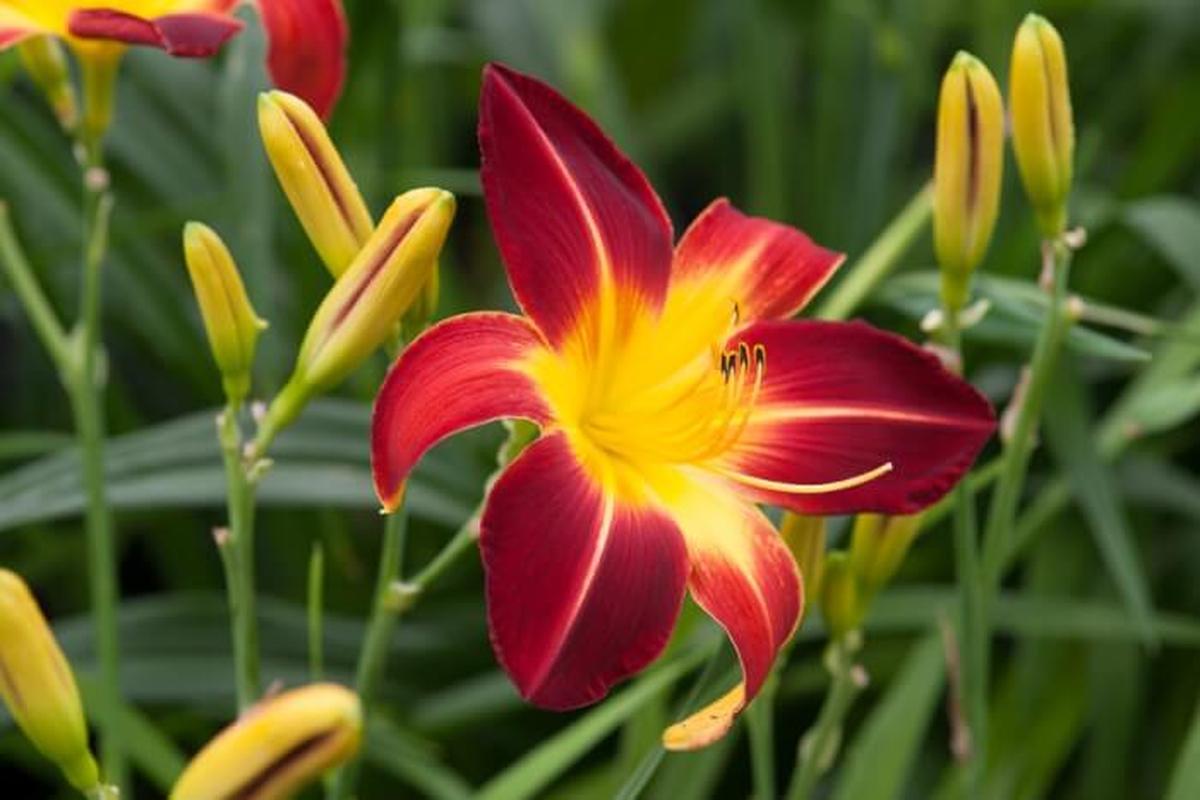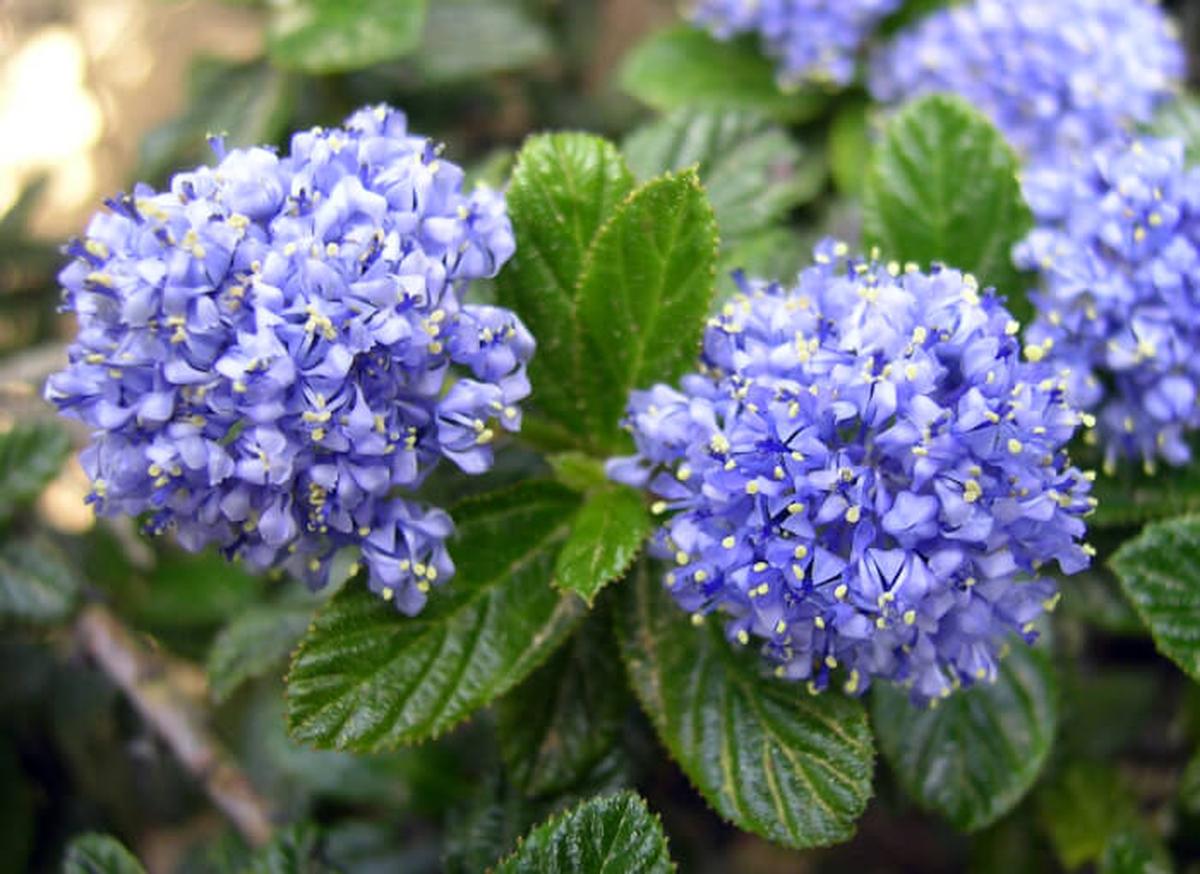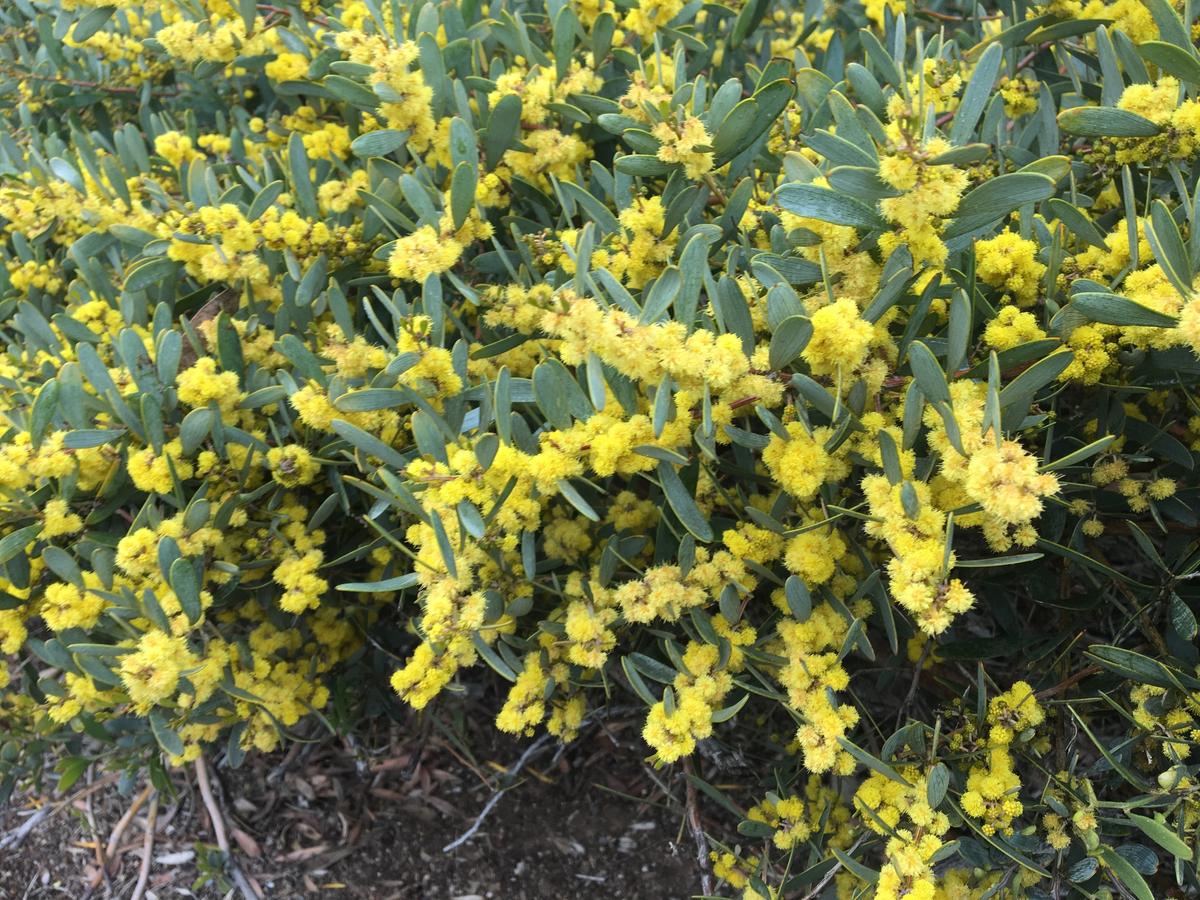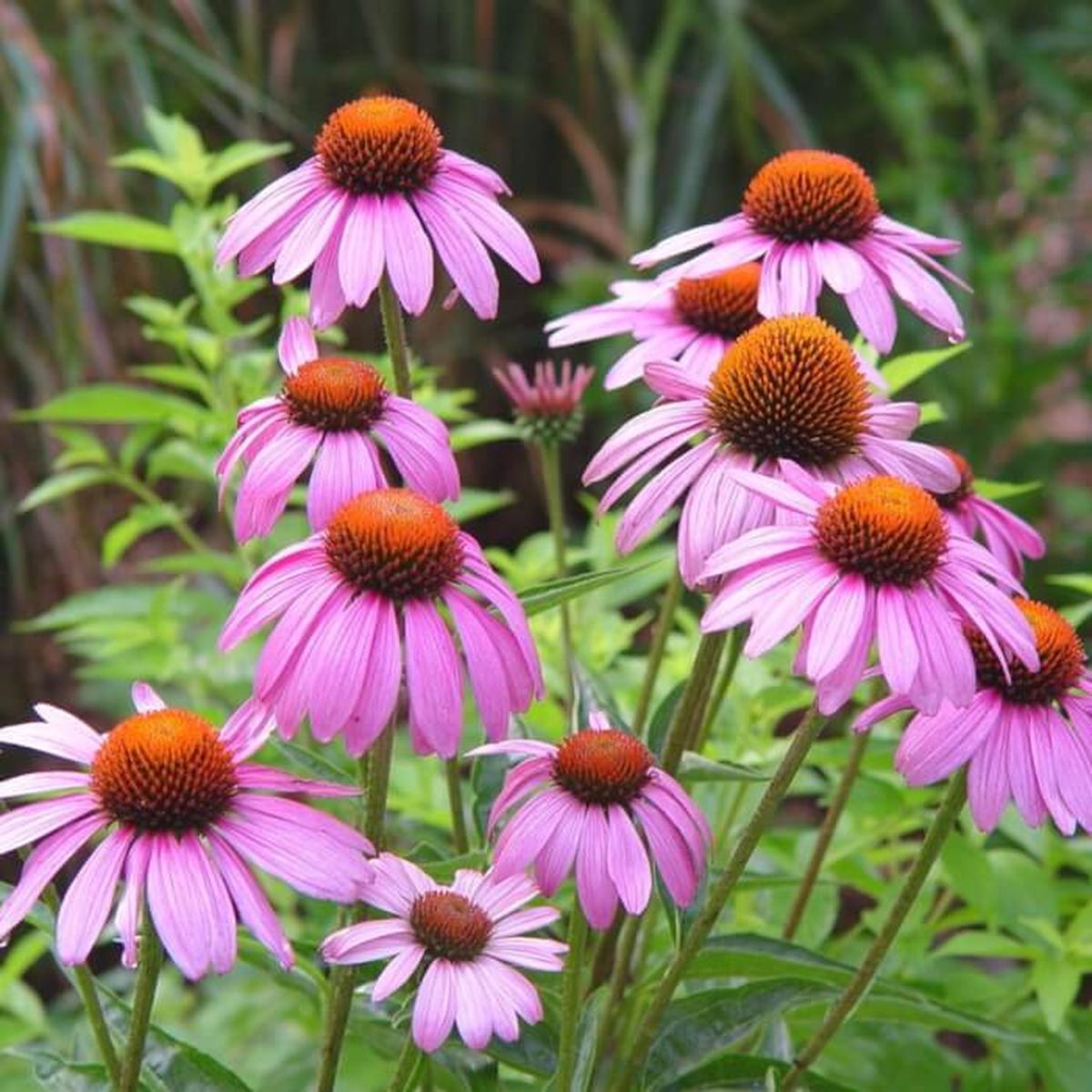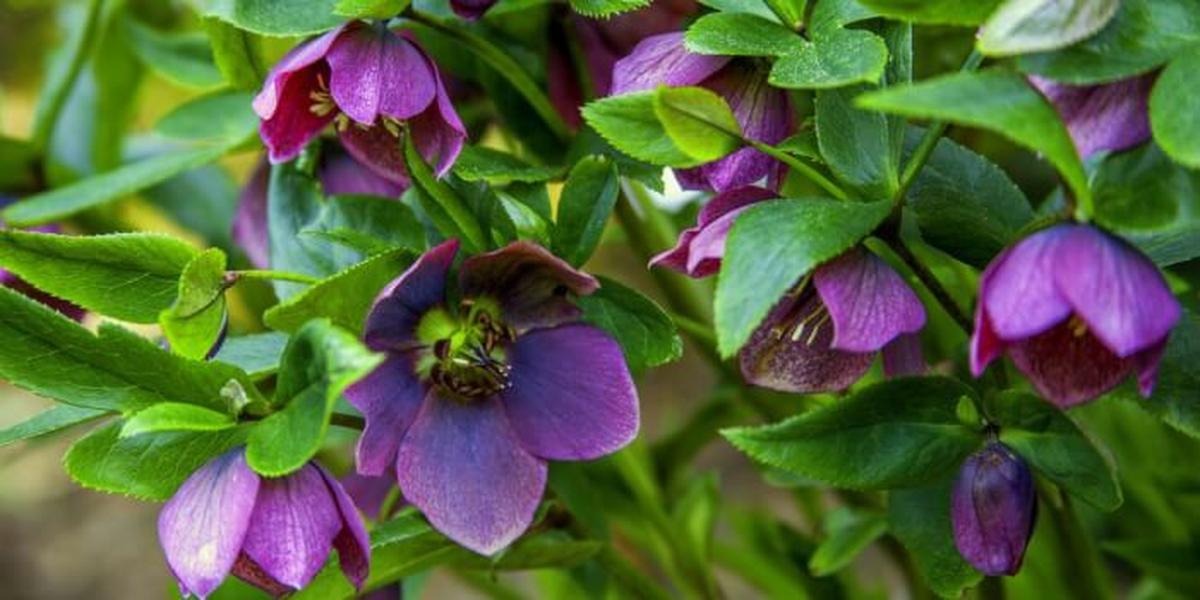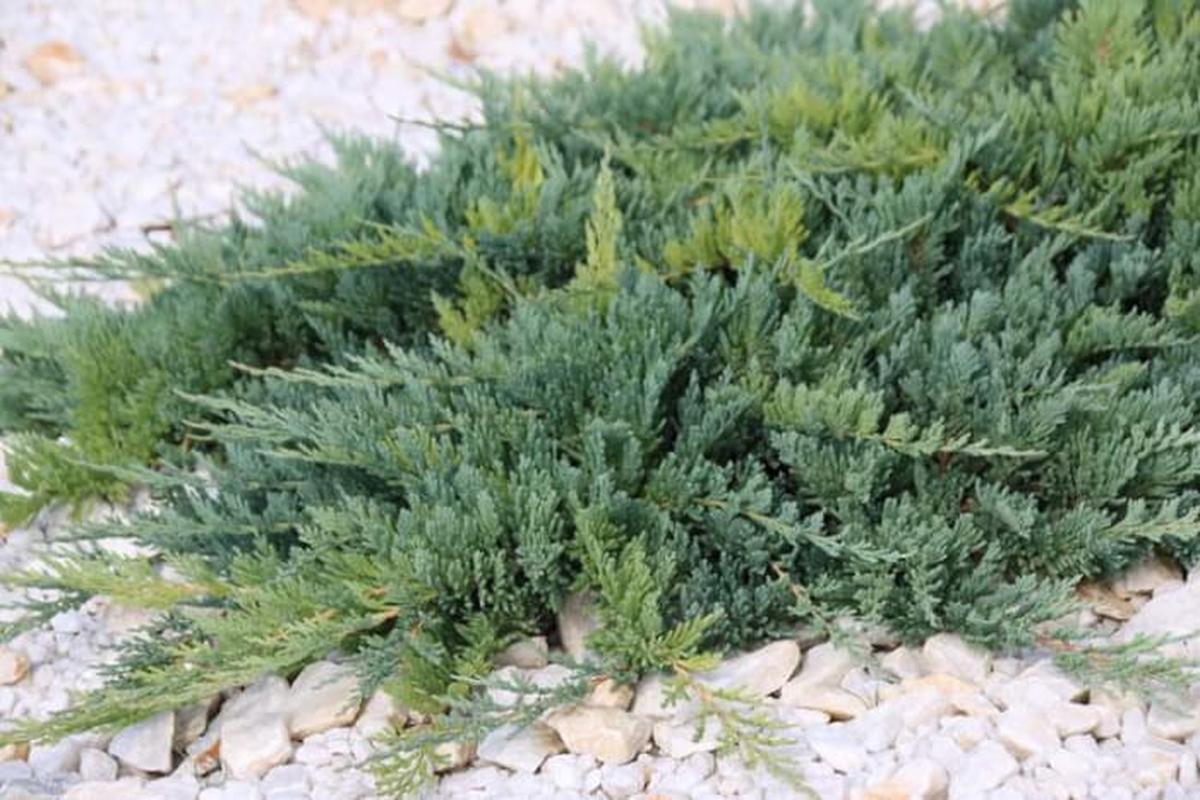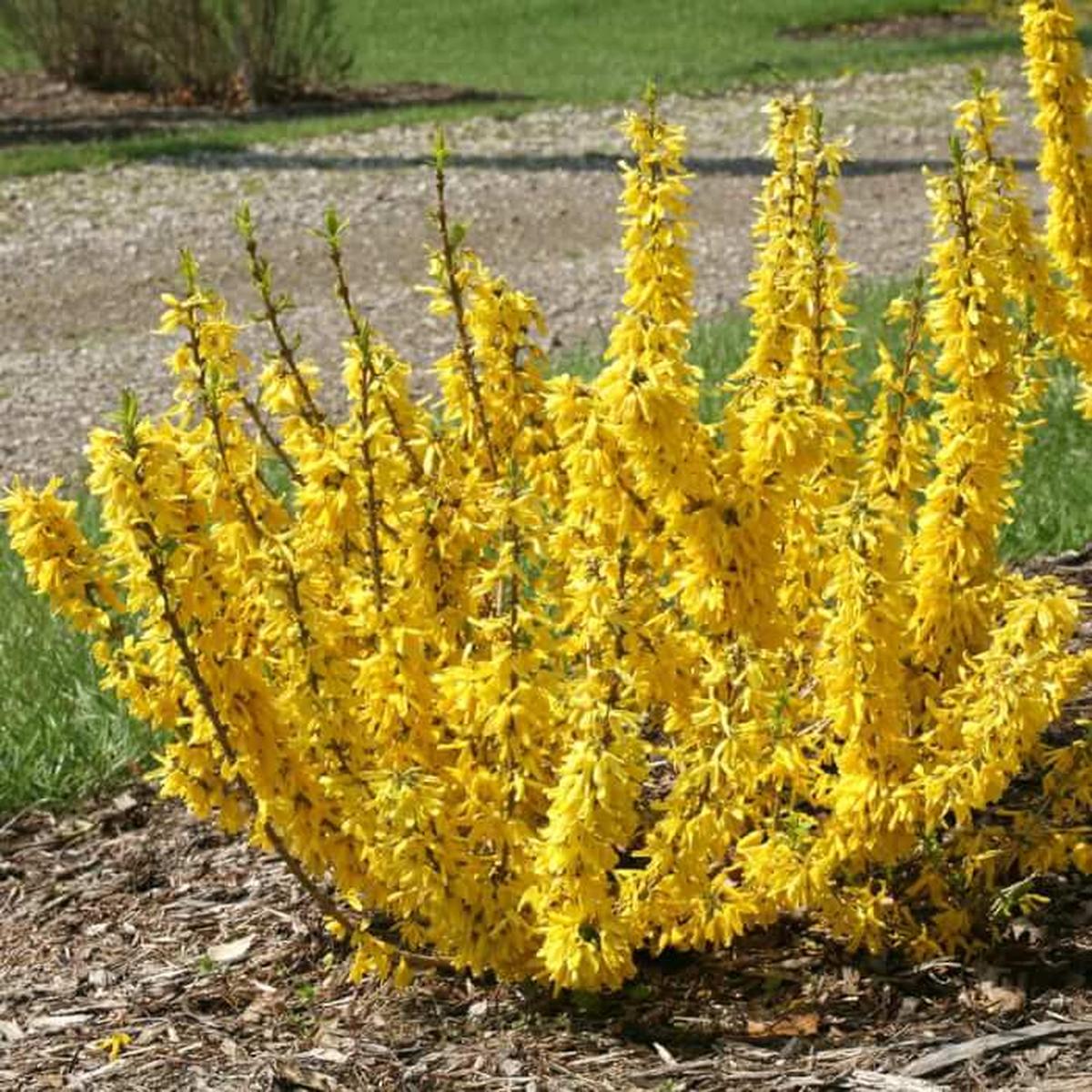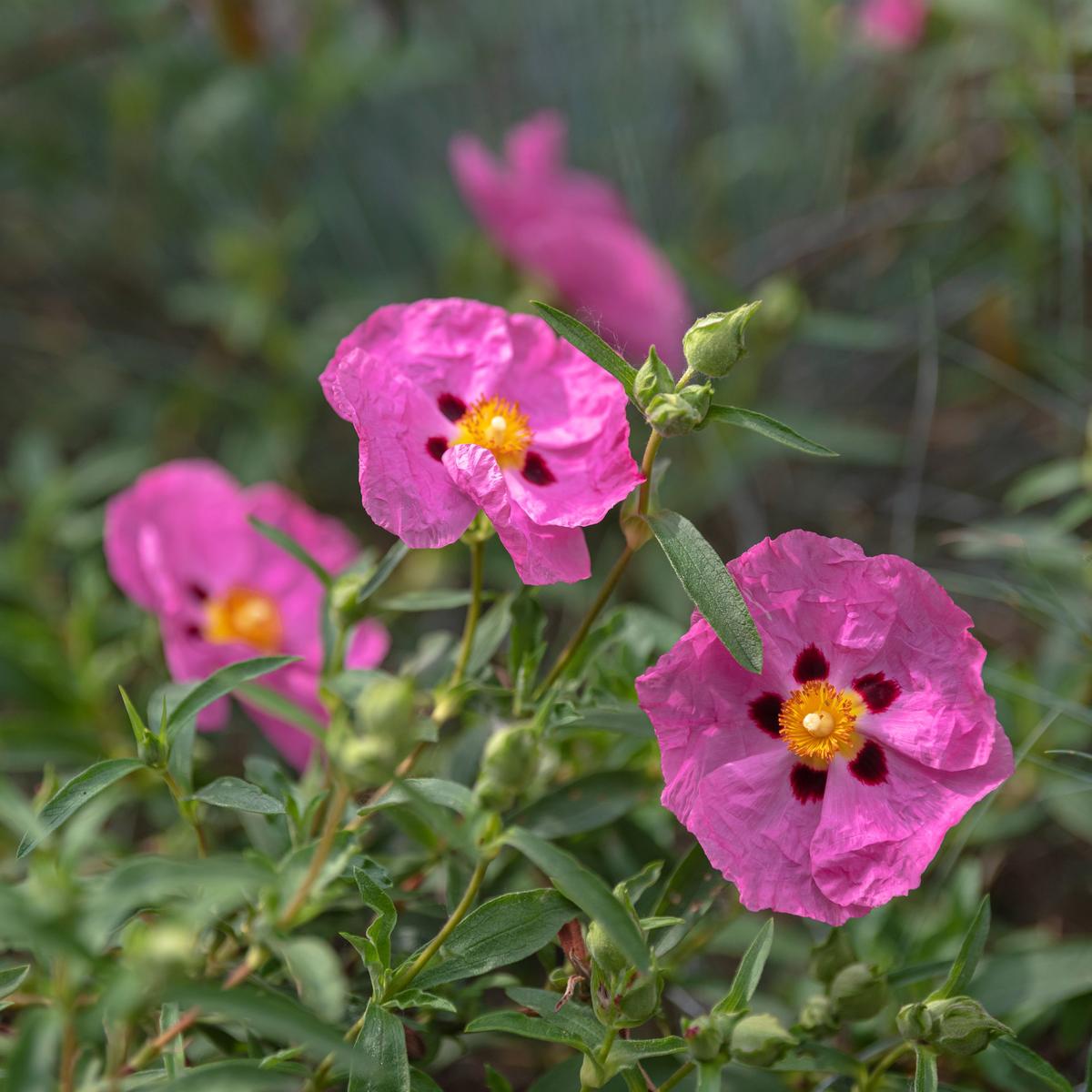12 Perfect Plants for Steep Slopes
Plants for steep slopes transform challenging terrains into thriving green spaces, adding structure and character to any landscape. Known for their resilience, these plants establish roots that help stabilize soil and prevent erosion, making slopes safer and more appealing.
Many varieties adapt to diverse climates, thriving with minimal upkeep. Their beauty and practicality make them ideal for bringing life and color to areas otherwise hard to reach.
With the right selection, steep slopes become focal points in any garden design. Check out these 12 stunning plants perfect for your steep slopes:
Japanese Yew
Japanese yew thrives in planting zones ranging from four to seven, making it a versatile choice for various gardens. With the potential to grow up to 2.
5 feet in height and spread as wide as nine feet, its size allows for both privacy and decoration. Red berries emerge on this plant, adding an attractive splash of color during certain seasons.
Its adaptability ensures that you can enjoy its beauty across different landscapes while enhancing your outdoor space with unique features.
Roses
Ground-cover roses provide a fantastic answer for sloped landscapes. These resilient plants thrive in various climates, specifically from zones 5 to 11, and can reach heights of around three feet.
Their low-maintenance nature makes them ideal for gardeners seeking beauty without demanding care. Choosing these roses not only enhances the landscape but also promotes soil stability on inclines.
With their robust growth habits, they make an excellent addition to any garden design focused on both aesthetics and functionality.
Vinca
Vinca thrives in various environments and can flourish aggressively across a range of zones, specifically from four to eight. It enjoys basking in sunlight but also adapts well to areas with partial shade.
This plant's resilience makes it an excellent choice for diverse landscapes. With its rapid growth, you might find it taking over spaces quickly if not managed properly.
You’ll appreciate how versatile vinca is when planning your garden design or landscaping project.
English Ivy
English ivy thrives in various climates, particularly in zones four through nine. This impressive plant can stretch an astonishing length of 80 feet and spread over 50 feet wide.
Preferring shady areas, it adds greenery to less sunlit spaces effortlessly. In the fall, tiny greenish-white flowers emerge, adding a subtle charm to its lush foliage.
You might find this hardy vine perfect for creating privacy or enhancing vertical gardens around your home.
Daylilies
Daylilies thrive in a wide range of climates, specifically from zones 3 to 10.
You can enjoy their beauty as they bloom from late spring and continue through the summer months.
Each individual flower may only last for one day, yet this perennial plant ensures a long-lasting display with its continuous flowering cycle.
Their resilience and vibrant colors make them an excellent choice for any garden enthusiast looking to add life to their outdoor space.
California Lilac
California lilac thrives in warmer climates, flourishing best in zones ranging from seven to eleven.
This stunning plant can achieve heights of up to eight feet, making it a remarkable addition to any garden.
Come June, prepare for an impressive display as vibrant blue and deep purple blooms emerge, resembling traditional lilacs.
With its striking appearance and adaptability, California lilac not only enhances landscapes but also attracts pollinators like bees and butterflies.
Dwarf Coyote Bush
Dwarf coyote bush is a resilient plant that flourishes in warm climates, specifically zones 8 to 10. It prefers full sunlight and thrives best in sandy soil with slight acidity.
As autumn approaches, you can observe vibrant yellow blooms from the male plants while the females display white flowers that develop into fruit later on. This dioecious species offers both visual interest and ecological benefits, making it an excellent choice for gardens looking to attract wildlife.
Its adaptability ensures it remains a colorful presence throughout various seasons.
Coneflower
Coneflower thrives in climates ranging from zones 5 to 8, making it a resilient choice for gardens.
Throughout the summer months, you can admire its vibrant daisy-like blooms that come in an array of stunning colors.
This plant not only adds beauty but also attracts pollinators, enhancing your outdoor space's ecological balance.
With minimal care needed, it's perfect for those seeking low-maintenance yet visually appealing landscaping options.
Hellebore
Hellebore captivates with its striking blooms, thriving in shaded areas while reaching a height of 18 inches.
Ideal for zones four to nine, this resilient plant flourishes with eye-catching five-petal flowers that emerge in late spring.
Its preference for low light conditions makes it a perfect choice for gardens lacking direct sunlight.
You can enjoy the beauty and grace of hellebore without worrying about harsh sun exposure.
Creeping Juniper
Creeping juniper thrives in various climates, specifically zones 3 to 9, showcasing its adaptability.
This evergreen shrub features scale-like leaves that spread through long trailing branches.
While it lacks flowers, the foliage creates a lush green carpet over rocky surfaces and steep slopes.
It's an ideal solution for those looking to stabilize difficult terrain while adding greenery to their landscape.
Dwarf Forsythia
Dwarf forsythia thrives in USDA zones 5 to 8, making it a resilient choice for diverse gardens.
It can grow up to three feet tall and spread about seven feet wide, creating an impressive display.
In early spring, vibrant yellow flowers burst forth, adding warmth and cheer to the landscape.
When planting on slopes or hillsides, promptly removing spent blooms is essential; otherwise, you risk losing future blossoms.
Rockrose
Rockrose stands out as a resilient choice for gardens, thriving in zones 4 to 9. Its stunning blooms emerge in May, showcasing delicate flowers with five thin petals that last just one day.
This hardy plant continues to produce new blossoms throughout the summer season. Sunlight is essential for its growth, along with sandy or rocky soil conditions which enhance its development and drought resistance.
Opting for rockrose means adding beauty while ensuring low maintenance in your landscape design.

